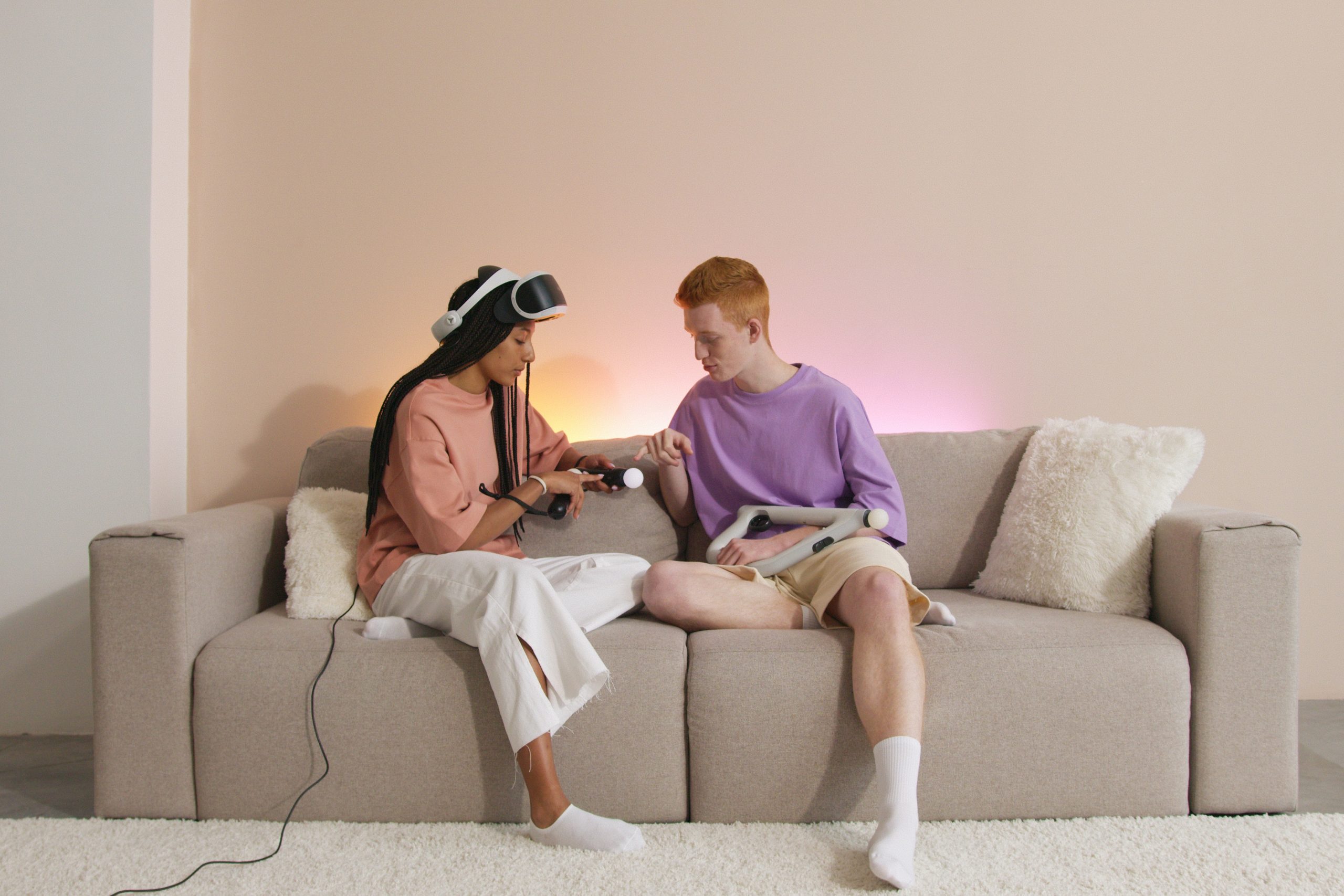There’s a wave of work in neuroscience which suggests that the self is shallow, or even non-existent. Freud was wrong. There are no hidden depths.
So if we don’t really exist in any depth – what does that mean for experience design?
Maker of plays and game designer Jessica Creane might have one answer: roleless role play.
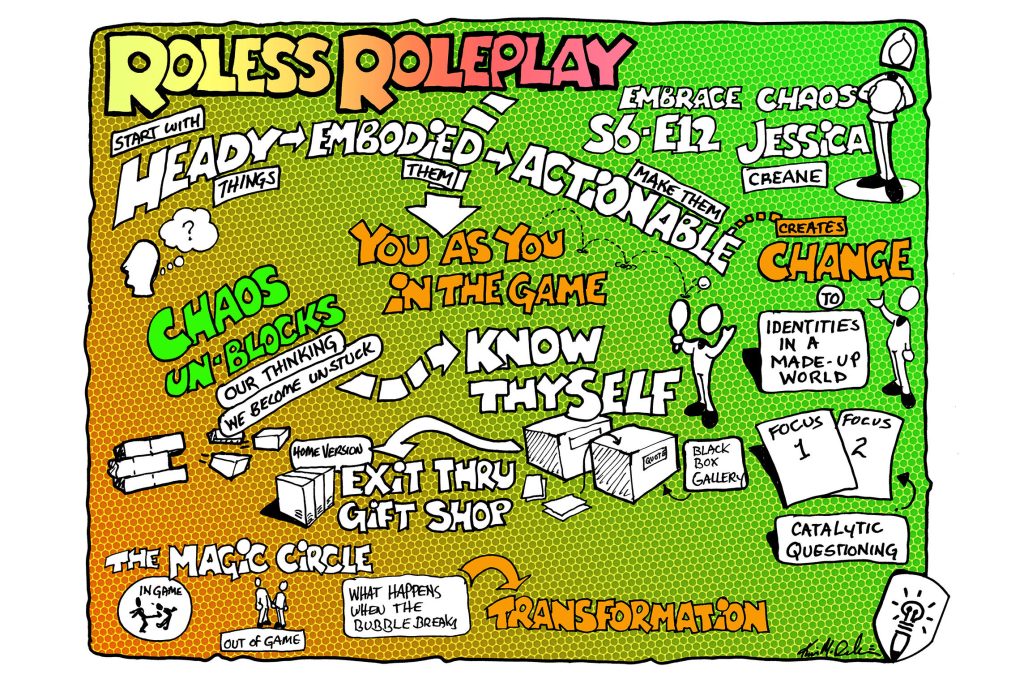
Immersive experiences are often intended to draw us so completely into a fictional environment that we forget that there’s an outside world.
However, forgetting ourselves in an immersive experience means we must “come back” to ourselves at the end, begging the question: who were we when we were in-world?
Creane explores what it means to have a clear “role” in playable experiences and what happens when that role is to be… you. After all, we often think that in order to immerse people, we need to look to story, narrative or technology – but what’s more immersive than thinking about who you are?
Read on to discover how the tenets of roleless role play unfold in two of Creane’s immersive works, as well as explore how to design for participants to be themselves as they are now – and prime them for who they want to be in the future.
The Magic Circle (Is Made To Be Broken?)
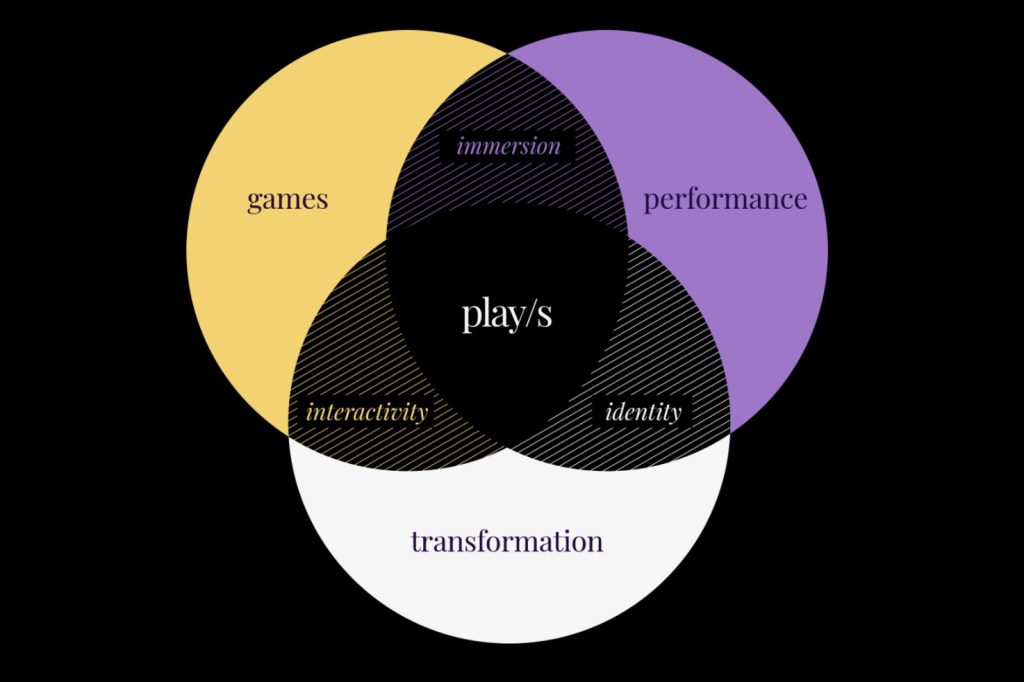
Creane makes immersive experiences in the form of playable theatre, tabletop games, interactive performances and mobile apps.
Her work often focuses on “heady” material and topics that are hard to think about – such as climate change, love, or identity – and asks:
- How do we take these things and feel them in our own skin?
- How do we play with them to positively change who we are?
This movement from heady to embodied to actionable means that the concept of play is central to her work, as is the concept of the Magic Circle. It states that our actions inside a game have no impact on the world outside of it. For example, you might beat the crap out of your friend in a game, but it won’t change your relationship outside of it (well, unless you utterly trounce them, perhaps…).
The Magic Circle helps us to identify what sits in and outside of the game. But what happens if that circle is porous, and what happens in the game can inform who we are in the outside world, too? How might we use play not only for entertainment, but also for transformation and growth?
This idea is where Creane’s concept of “roleless role play” springs from. It’s about transformation and identity in a made-up world: both in the sense of creating a fictional world, but also in how we make up our own worlds as we travel through life.
Chaos, Clowning And Calculated Risks
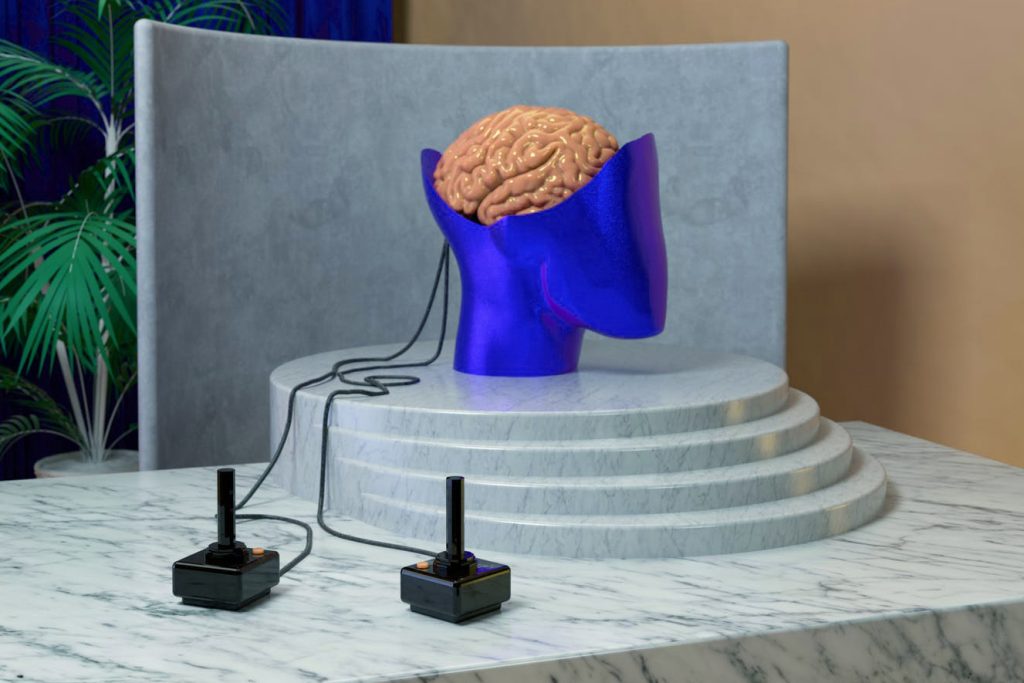
One of Creane’s works that shows the concept of roleless role-play in action is Chaos Theory, created in 2016 when “the world felt like pure chaos”.
“I wanted to transform that feeling of chaos into something that felt better and was embodied and actionable, not just living in my head as fear.”
Jessica Creane
Chaos Theory looks at the embodied feeling of chaos, as well as maths and science theory. In it the audience plays an interactive role, with Creane creating space for them to not only play with their bodies, but also with their minds.
The setup is that you’re coming to a lecture on chaos theory – not as a princess, orc, or ruler of the universe, but as yourself, perhaps with the lightest of layers. For example, a baker might become an expert in Riseology. The audience has no mask to hide behind. They are accountable for their actions.
To give the audience an opportunity to be playful and to trust her, Creane does a lot of clowning, humour and play. The lecture goes off the rails as she runs a series of experiments. For example, two teams are asked to draw a perfect circle and chaos usually ensues, from people kissing or eating paper to running out of the room. By using only volunteers for these pieces, a lot of trust and narrative gets built.
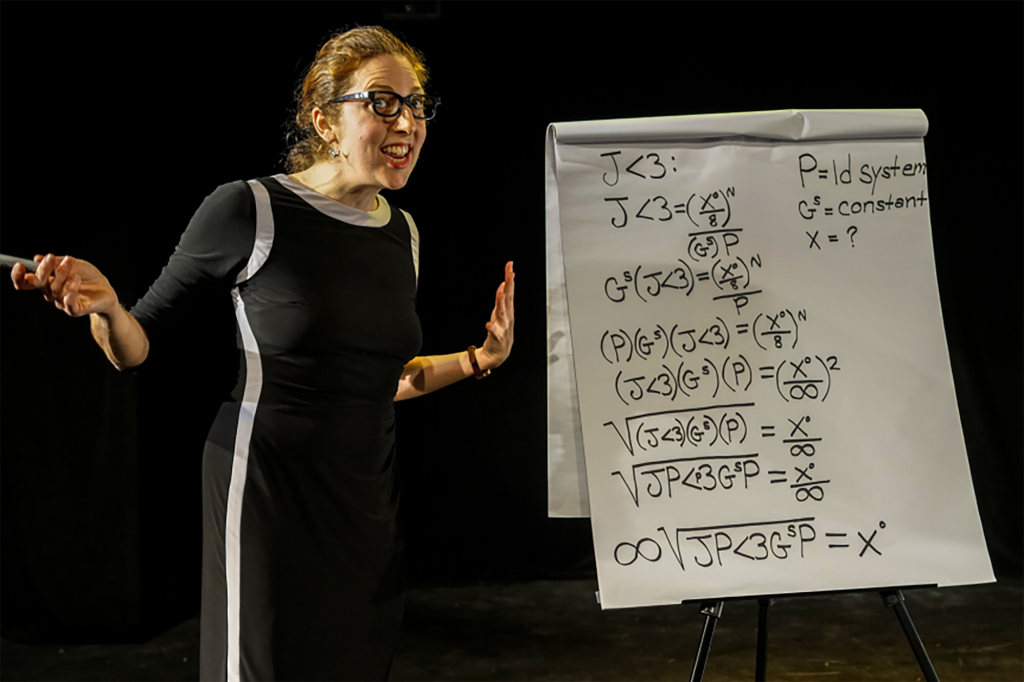
Creane’s character also reveals more about her life as the piece goes on, following her journey to acceptance in a “light” way that nonetheless goes pretty deep. Recognising that in order for people to take risks, her character has to first, she models a lot of behaviour and makes herself vulnerable – for example, for 45 minutes of the piece she’s naked.
“When the audience sees a 10/10 risk, they can take a 5/10 risk. I’ve never had a performance where someone hasn’t taken a big risk.”
Jessica Creane
By the end of the play, her character is no longer running experiments: the audience are running them for themselves, learning how to introduce chaos into their lives in the process. In the past participants have called friends they haven’t spoken to in years, shaved their heads, got tattoos, and even fallen in love. The unifying factor is that they were still them, making their own choices. The piece simply creates the right context for them to play around with what that means.
“Too much order gets us stuck, and chaos gets us unstuck. We create a safe place in which to take risks.”
Jessica Creane
Creating Structure Within Chaos
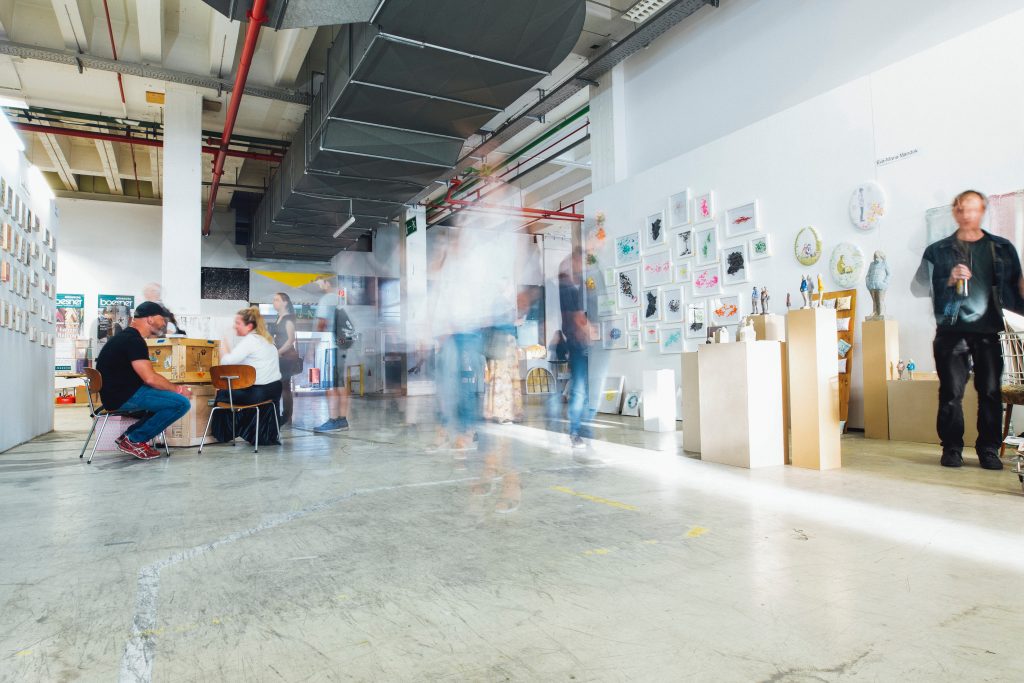
To create this safe space means creating a lot of structure to go with it. One of the ways Creane does this is by having a clear onboarding process, giving the audience story “hooks” to help them transition between worlds. She also pays attention to the room, reading the audience to see who she’s losing, how are they feeling, and if she needs to check in along the way.
To make sure that people feel that they have agency to act and aren’t being pressured into it, Creane also builds in light lifts and heavy lifts. In the first round of experiences, everything is a light lift, so people know the constraints of the piece. Experience often start with lightness, humour, comedy and joy. We might miss the opportunity to explore deeper if we try and go too big straight away.
“The entire piece builds a culture of kindness, reciprocity and care, and talks about risks and consequences. If people were doing irreversible things, I wouldn’t make the piece. There’s a complexity in me and the audience trusting each other. I also have 24-hour cancellation in the back of my mind!”
Jessica Creane
At the same time, we’re built to make bad choices and it would be stunning if nobody regretted anything. The question is: how do we take our own certainty and start to play with it?
Thought Experiments & Ethical Dilemmas
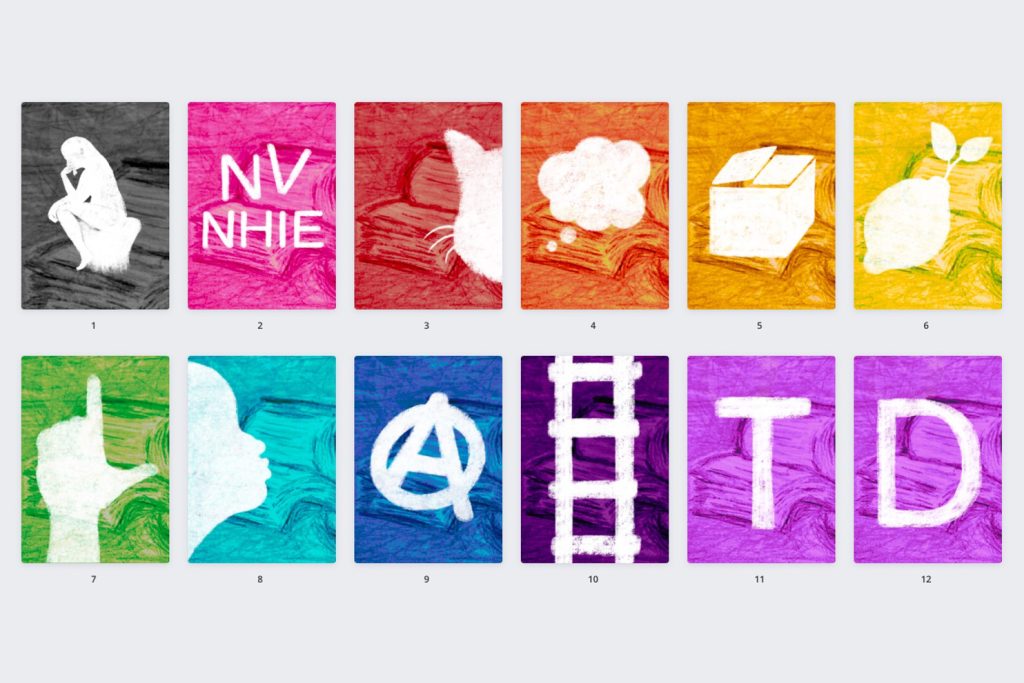
The second piece explored by Creane in relation to role-less roleplay was Know Thyself, a piece inspired by her fascination with philosophy as a tool to teach us how to live and how to die.
“I was curious to drop that into an embodied sense and see how we can change our actions and behaviours.”
Jessica Creane
In this piece, the construct is that the audience are coming to take a tour of the Museum of Philosophy – but instead of artefacts, they encounter games that a tour guide takes them through in various gallery rooms. The choices you make in each game determine which gallery you will visit next, forcing you to grapple with your own ethics, metaphysics, consciousness, and the consciousness of others.
Participants pick up a tiny black box with a philosophical quote that most speaks to them at the start of the tour: an “external hard drive for the mind”. The outside version of you is the person who has come in for the tour, so you already either know (or don’t know) your life philosophy. You’re also partnered up and encouraged to write down a question about either yourself or your partner, putting it in your box if it’s about you and their box if it’s about them, adding to a sense of mystery and creating a bonding experience.
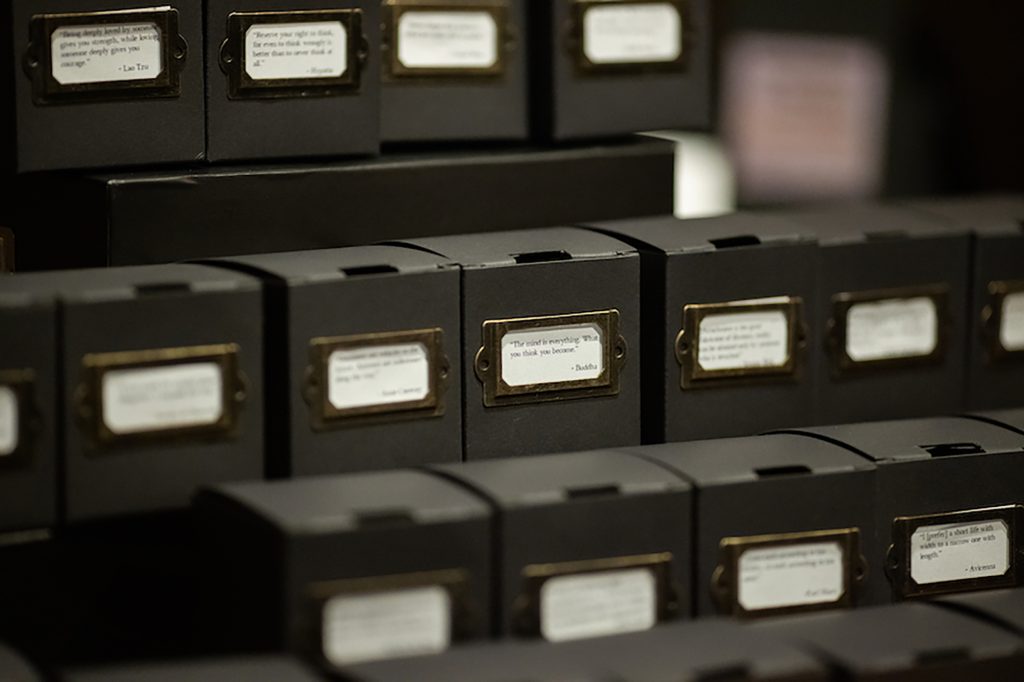
Each gallery is a kind of thought experiment, replacing or examining some part of our lives. Just like a ship going out into the world, as each part is replaced gradually, by the end is it the same ship?
“This is how I think about transformation. I’m not trying to trigger a full-on world shift, but examine the individual through structure and community.”
Jessica Creane
The culmination of the piece is a final exhibit where you may or may not be able to keep your box, some things may or may not happen, and you may or may not be able to look at other people’s. You then exit through the gift shop, where there are some take-home versions of games – just like in life, you don’t get to play everything during the experience itself.
There are also some offboarding questions, as Creane finds it helpful to provide a space where people can decompress after the experience and have an individual and/or communal discussion. These questions might include: what emotions did you experience? Which facets of yourself were you examining? How do these emotions come up in the rest of your life? What actions might you take in response?
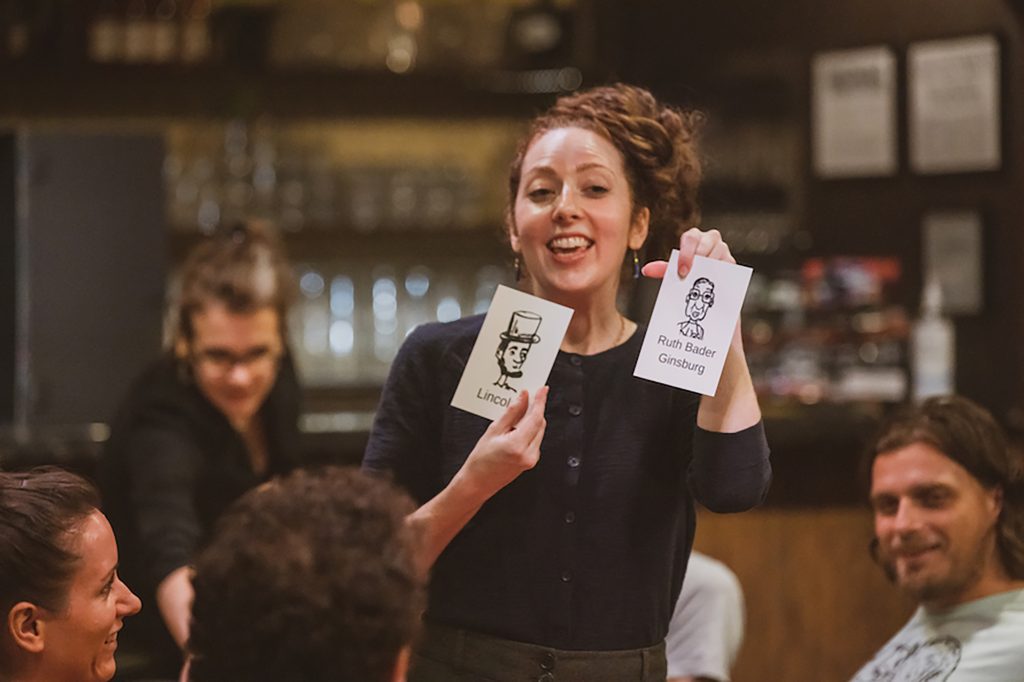
Unlike most philosophy games, Creane wanted to create something that was anti-debate. You’re only in conversation with yourself, and the only way to win is to change your mind. You’re never going to beat your friends, but you might learn things about them. These are non-traditional win states: it’s more about how we play with each other than against each other.
And when it comes to long-term transformation and changing the self, Creane thinks of the process in two ways:
- Modelling as a performer: giving you a model as a performer so we can change together.
- Start their own learning loops: asking them what they want to experiment with now?
“When they leave the piece, it’s just them – but they’ve already taken the first steps in a safe space.”
Jessica Creane
The WXO Take-Out
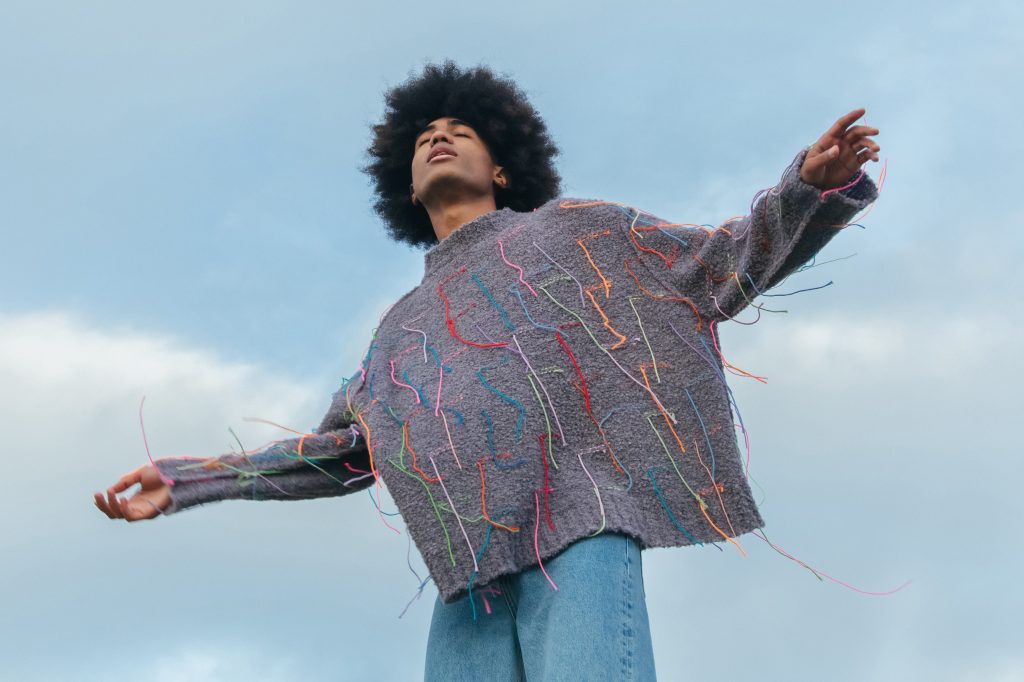
At a time when we’re trying to put meaning back into the world, Creane’s work resonates.
Using playfulness in this way not only unlocks our creativity, it also allows us to think about difficult, “heady” topics. The things that we’re most serious about are those that we should also be most playful about, as this approach allows us to grasp new possibilities.
We also often rely on narrative or technology to hook an audience. Creane’s work shows us that questions can help open up our thinking and reassess the role we play, too.
Finally, even when creating chaos, having a structure for how you onboard and offboard your audience is crucial. If you want your audience to take risks, you first have to show them how.
“It’s hard to change without changing. We’re going to have to take something familiar and make it unfamiliar in order to change. Play makes these things joyful.”
Jessica Creane
So next time you’re creating an experience, ask yourself:
- How has participating in immersive experiences changed your identity?
- When do you consciously choose to play a role in your life? When do you unconsciously find yourself playing one?
- How do immersive experiences invite us to take risks in how we treat ourselves and others?
To see the full line-up for the WXO Campfires Season 6, click here.
To apply to join the WXO and attend future Campfires, click here.

